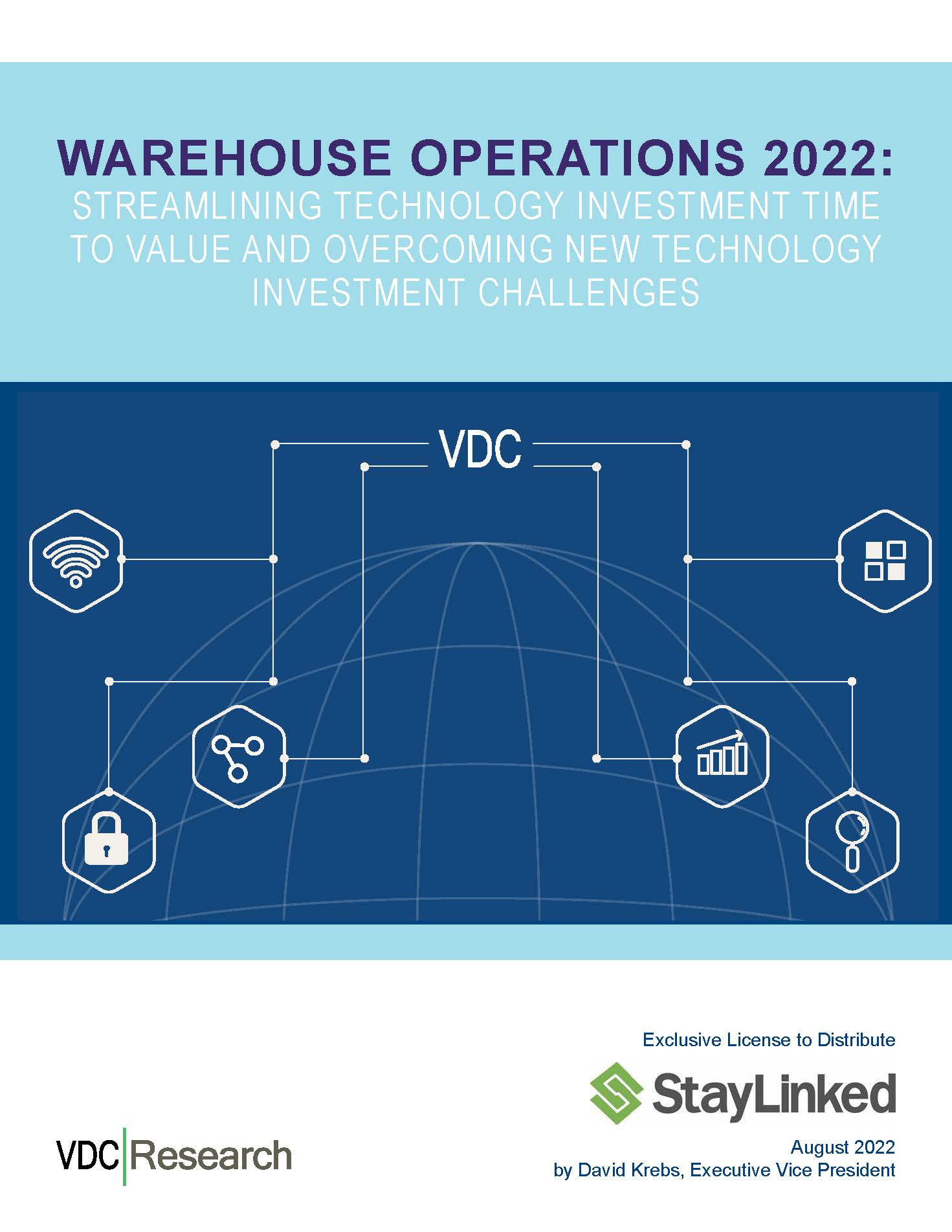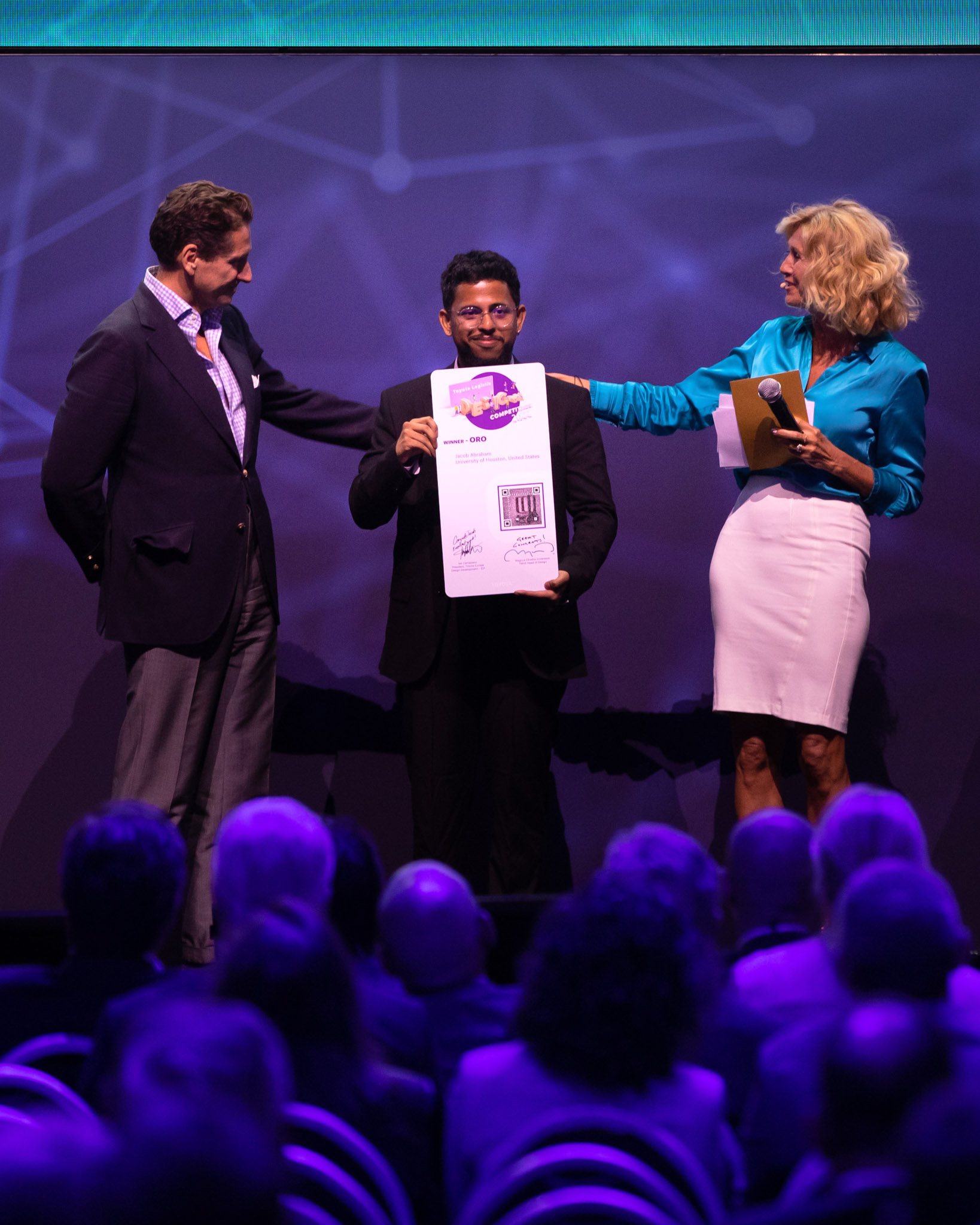Available and emerging, high-performance warehouse technology will determine the future productivity of fulfilment operations. Nick Hughes, Sales Manager at independent systems integrator, Invar Group, shares his insights into the key influences and technologies shaping the modern warehouse.
1. What’s driving warehousing strategies? Ultimately, it’s customer service levels. Customers have ever-higher expectations regarding service levels and this is driving huge change in the warehouse. Along with the rapid growth of ecommerce, there is a strong desire to develop faster fulfilment strategies and importantly, equally efficient returns processes.
A key SLA for any ecommerce business keen on growing and retaining a healthy customer base is the speed with which customers are credited back on returned items – and that requires fast processing of returns. Likewise, multi-channel businesses will need to progress to develop slick omni-channel operations capable of offering the diversity of service options that customers now demand. And a key enabler will be automation.
A lack of available labour is another factor influencing thinking within the four walls of the warehouse. But it’s not just a shortage of labour per se, the key thing is there’s far more volume going through piece picking warehouses in the last few years, so the number of people required is not able to keep pace with the increased demand. It’s stretching the labour pool that is there, and this, combined with a growing requirement for increased capacity, is a big driver for automation.
2. What technologies are emerging? With the cost of labour rising and availability falling, businesses will have little option but to adopt higher levels of automation, and in many instances that means robotics. Their low-cost, excellent flexibility and great scalability makes them the ‘must have’ warehouse technology of today.
However, with robots gaining critical momentum within the warehouse, protocols supporting them will need to become more standardised, so that various types of robots can be deployed to perform different tasks under one controller. Customers will demand flexibility to use the best robots suited to individual tasks and the industry will need to move in this direction. This will significantly simplify the deployment of robots.
Augmented Reality (AR) is also likely to start appearing in warehouses in the near future. Trials are in progress at the moment for AR glasses that can be used to guide an individual to picking locations. In a way, it’s like a SatNav for the warehouse, but offering a head-up display with information, so no need for a hand-held terminal. The issue at present is cost, but hopefully, prices will come down as the technology takes off.
Cobots too will soon become more commonplace, working alongside pickers and warehouse staff. And once the technology around grippers is improved, they will be seen travelling around doing the picking too. The vision systems and AI are there, it really just needs a breakthrough in gripper design to offer the dexterity needed for a broad product portfolio.
3. What technologies and applications are currently seeing most interest? At the moment there is huge interest in flexible tote handling systems using Autonomous Mobile Robots (AMRs). When combined with pick-to-light technology, phenomenal pick-rates can be achieved with exceptionally high levels of accuracy.
Importantly, SMEs have a great opportunity to steal a march on larger retailers that may have committed to inflexible, fixed automated systems. By adopting intelligent software and advanced mobile robot technology, SMEs can leverage the flexibility, speed and performance of goods-to-person automation as a low-CapEx project.
AMRs offer tremendous flexibility and, importantly, scalability in traditional labour-intensive tasks such as order picking and put-away. AMR systems combined with pick-to-light technology can boost order picking performance from under 100 units per hour using traditional methods, to up to 600 picks per hour, with an ROI that can be as little as 12 months.
4. A new approach to automation from 3PLS. Interestingly, 3pls are beginning to explore a new approach to winning business. They are looking at putting automation in first and then approaching customers with a solution in place. The driving factor is, end customers want to see sites that offer automation as a ready-to-go solution.
This emerging trend requires service providers to speculatively invest in automation on the assumption that appropriate customers can be found. Their task will be to target industries that have a profile that matches the automation on site.
Robotic systems are becoming easier to deploy and can be simply expanded as required. A low-level, high SKU or high volume storage system may be adopted with a few robots and added to as more customers come on-stream – perfect for a multi-user facility.
Importantly, the modus operandi of logistics service providers will need to change from acquiring a customer and running a manual operation for a few months, before taking in robots, to adopting automation in advance and then finding appropriate customers. At present, a number of 3pls are investigating this approach.
With all the productivity gains that can be achieved through the judicious application of robotics and AI, the future of warehouse automation looks bright.











